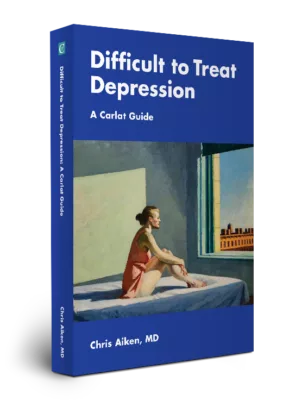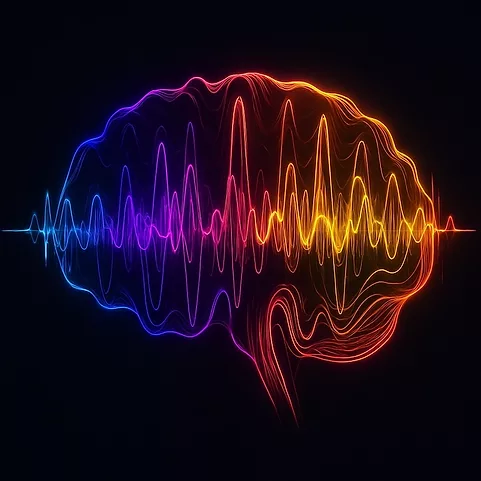Mood Stabilizers: What You Don’t Know Can Hurt Them
Review of: Bai Y et al, J Clin Psychopharmacol 2020;40(2):167–179
STUDY TYPE: Combined meta-analysis and literature review of placebo-controlled trials
Medication adherence is an ongoing struggle in bipolar disorder, and it’s compounded by the fact that our patients often don’t advertise their non-adherence. While numbers vary, reviews generally conclude that around 40%–50% of patients with bipolar disorder do not take their medications regularly. The reasons for this are many, but a key factor is that most of the available agents make them feel worse, not better—at least in the short run. This complex study looked at how tolerable our medications are across all phases of the illness.
The study analyzed the results of 61 randomized controlled trials in bipolar adults treated during three discrete phases of their disorders: acute mania (32 studies), bipolar I or II depression (18 studies), and the maintenance phase (12 studies). It ignored efficacy data and focused exclusively on tolerability using three key measures: 1) discontinuation due to adverse events, 2) weight gain of 7% or more, and 3) somnolence as a reported adverse event.
For each of those measures, researchers calculated the number needed to harm (NNH) for 13 medications in the different phases of the illness. The NNH refers to how many patients you’d have to treat to cause a side effect, so bigger is better and anything below 10 spells trouble. About half of those NNHs did not reach statistical significance, which does not mean that side effects did not occur, but rather that the range of possible NNHs was too wide to draw any conclusion. They are listed as “unknown” in the table.
No mood stabilizers had an NNH less than 10 for discontinuation due to any adverse effect, which is generally considered acceptable for the adverse effects in question here. The table lists the available NNHs for weight gain and somnolence in the acute treatment phase; most rates were similar for mania and depression. Those that stood out were olanzapine for weight gain, and carbamazepine, quetiapine, aripiprazole, haloperidol, risperidone, olanzapine, and ziprasidone for somnolence (as well as risperidone and ziprasidone in the treatment of mania only).
The best-tolerated agents were cariprazine and lurasidone, which did not have a significant NNH in any of the categories, though the data are limited and they were only evaluated in depression. However, this study did not specifically evaluate akathisia, which tends to be a problem with these medications and might be more likely to cause discontinuation if used long-term for maintenance treatment.
The main limitation here is that the studies varied in ways that could make these comparisons unfair. Some were inpatient, others outpatient; some included bipolar II, others not. There were also variations in length of follow-up and degree of scrutiny for side effects. The review specifically excluded smaller studies that did not have at least one arm with a minimum of 50 subjects—ostensibly to limit bias, but probably also to simplify an already complex analysis. Also, somnolence may have been underreported in studies that relied on spontaneous self-report or those that split up the measurement into related categories like somnolence, fatigue, and sedation.
TCPR’s Take
These findings go a long way to explain the poor compliance rates seen in bipolar disorder. Discussing side effects openly and honestly with our patients is generally the best course of action. But we should also avoid the worst offending agents if we can—patients are less likely to continue with them, whether they tell us or not.
![]() Listen to our 9/7/2020 podcast, “How to Minimize Lithium’s Side Effects.” Search for “Carlat” on your podcast store.
Listen to our 9/7/2020 podcast, “How to Minimize Lithium’s Side Effects.” Search for “Carlat” on your podcast store.
Newsletters
Please see our Terms and Conditions, Privacy Policy, Subscription Agreement, Use of Cookies, and Hardware/Software Requirements to view our website.
© 2025 Carlat Publishing, LLC and Affiliates, All Rights Reserved.


_-The-Breakthrough-Antipsychotic-That-Could-Change-Everything.webp?t=1729528747)



